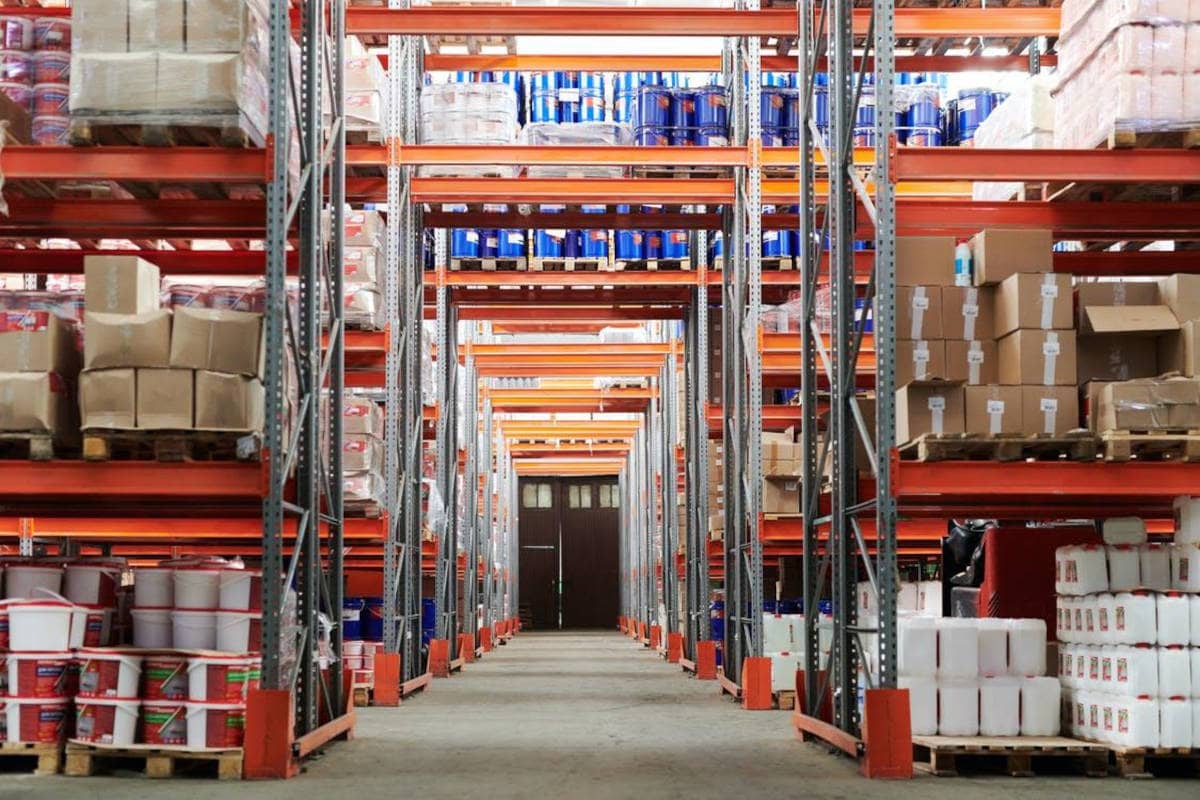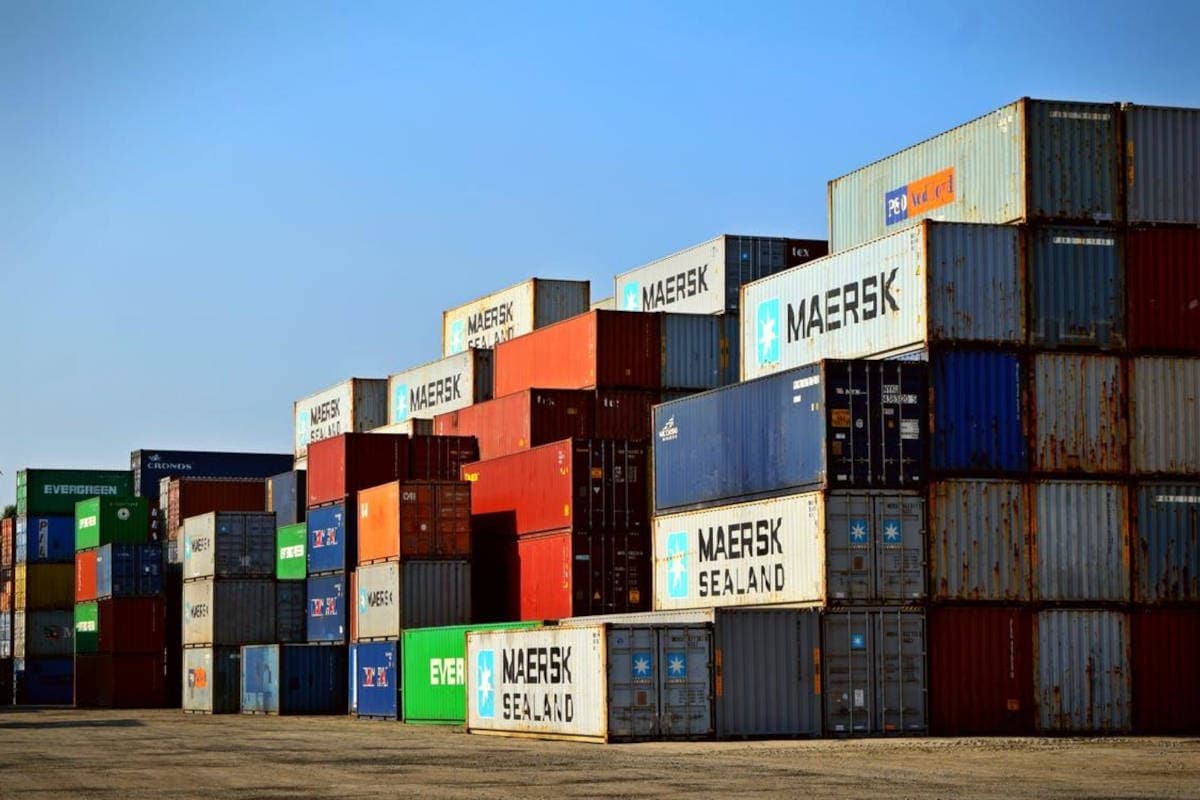How Having Too Few Products In-Stock (Or Too Many) Can Hurt Your Bottom Line
Some of the most painful profit losses or potential profits that are missed out on come from overstocking and understocking. Both can hurt your business and keeping a balance on how much stock you have will help you maximize your profits and minimize your losses.
Knowing when to replenish your stock and when you have too much is key to good supply chain management. Proper inventory tracking will help you save money and give you the information you need to plan when to restock your items.

Overstocking
Products bought in bulk often come with reduced unit prices, so it is appealing to retailers and vendors to get their items in larger orders to increase cost reduction. It certainly is more effective when restocking to buy in larger volumes where possible. However you don’t want to be stuck with large volumes of product you can’t use.
Take for example, when H&M overstocked four billion dollars’ worth of clothing in 2018. In order to offload the excess product, they tried some in store and online sales, but their executives were fearful to push selling the clothes at a discount too much. They thought that an aggressive strategy to offload the surplus clothes would cheapen the brand, which is true.
Too many discounts can have negative effects. They will make your customers expect you to put items they may be interested in on discount eventually, and so they’ll wait until the next sale where they can get the products cheaper.
Much of the clothes that H&M overstocked on ended up being donated to charity. Not only did they take a heavy loss from overstocking, but they also lost 28% of their company stock due to lost confidence in the company.
How did they get to that point? They were opening 220 new stores and expanding their ecommerce operations. They grossly overestimated how much stock would be needed for those stores and paid for it. Critics say they kept poor inventory of their stock which contributed to the mess.
Here are some of the costs that come from overstocking on products:
Storage Costs
One of the most noticeable impacts of stocking much more product than you need is the storage costs. Too much of a product will take up space that could be used for other items. Or you may need to rent warehousing space to hold the excess goods.
Those costs will add up overtime, which may force you to find ways to get rid of the product, either through discounts, recycling materials, or donations.
Product Expiration
Sometimes you may need to offload your product quickly if it’s a perishable or time-sensitive good.
Not all perishable products are food items. Longer lasting products can also become obsolete over time. New technology can come out that can make your product old and antiquated. Fashion, cultural, and political trends tend to shift over time which can all diminish demand for certain products.

Understocking
The effects of understocking are quite obvious. There isn’t enough supply of a product to meet the demand, so potential sales and customers have been lost. Depending on the type of product that was understocked, the consequences can be more severe.
If the part that was understocked is part of an assembly, that could hold up production processes resulting in delays for the customer.
The company might have to pay for their work force in more downtime due to the delay in getting new stock which is keeping them from doing their jobs.
Understocking repeatedly will lose customers. People want to buy from companies they know are dependable. The only exception to this is if you have a product where the demand for it is so high that customers don’t have many, if there even are any, other options to get the product.
Both overstocking and understocking can lead to extra time and manpower being wasted dealing with the effects of the overstocked goods which include finding places to store the overstocked product, finding solutions to sell the product even though the supply outweighs the demand, and transporting the overstocked goods from the storage site to the place where they are being sold. All of which can reduce your profits or in some cases, put you at a loss.
A lot of time can be lost when you are out of stock. Production orders aren’t instantaneous, factories have to order the raw material, then manufacture, assemble, and package your part.

How to Avoid Understocking and Overstocking
The key to managing both overstocking and understocking a product is a good inventory system. You will need to set up a tracking system to monitor how much of a product you use and how often.
In most situations, keeping a monthly count of how much of a product is used will help you predict how much you will need to order to restock. Overtime, you will be able to see how well a product is doing over the years and predict whether it will continue to be successful over time or whether the demand is shrinking for it, which is good information for your sales and marketing teams.
There are inventory systems and point of sale systems such as “Square” you can use that can help you track your inventory and sales. These systems can keep track of how much stock you have on hand, and how much of each item is being sold.
If you need help with fulfilling your supply chain needs feel free to give us a call at (480) 372-5285 or get in touch with us online.
